Yakuza Kiwami 2 Review
The Yakuza series tells the tale of a Japanese Terminator who chooses to deal with the emotional and physical problems standing in his way by hitting them very hard. Repeatedly. There have the been six mainline titles in the sandbox action RPG, so it seems the protagonist of Yakuza, Kazuma Kiryu, has proven it’s a winning strategy.
You’d be forgiven for thinking there has been a deluge of Yakuza in the past couple of years. There has been Yakuza 0, Yakuza Kiwami, Yakuza 6, and now this latest installment, Yakuza Kiwami 2. The “kiwami (extreme)” moniker denotes complete remasters of older games in the series, bringing them up to speed with the latest technology for current-gen consoles.
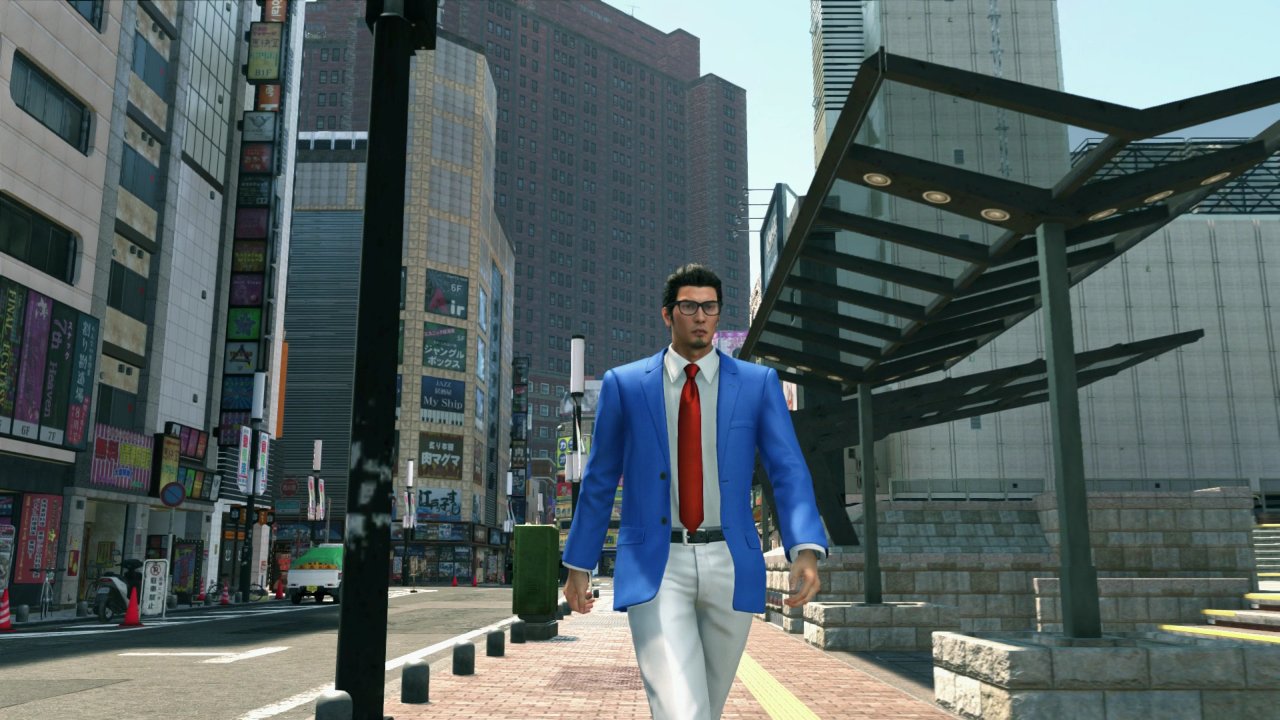
As someone who played the first Yakuza game back in 2006, with my emo hair and My Chemical Romance t-shirt, I had no idea just how much longevity the game would have. And as we’ve seen recently, the game has found success in later life, going so far as being eyed up by other platforms.
Yakuza Kiwami 2 takes place roughly a year after the first game. The intro provides a fine recap for players new to the series, so there’s little point in me rehashing the script. Suffice it to say, Kiryu’s out of the yakuza, trying to live a relatively normal life while providing for the kids at the Sunflower Orphanage. Haruka, the girl which the first game centered around, is a resident.
After some expositional murder, Kiryu finds himself tangling with the Japanese underworld once again as he tries to stop warring yakuza families revolting. His journey crosses paths with a detective connected to the murder of a Korean mafia outfit, familiar faces from previous games, and, perhaps most importantly, the young detective Sayama, who teams up with Kiryu as their investigation deepens. Throw in black sheep son to the Dojima yakuza family and the upstart “Kansai Dragon”, Ryuji Goda, from the Omi family, and you’ve got a plot stew goin’.
Sounds like a lot to take in? You’d be right. But let’s not worry about that for now. The overarching themes of Kiwami 2 are (to me, at least) confronting your murky past and choosing whether your heritage/birth should determine your future.
Yakuza 1 took place in Kamurocho, a locale modelled on the Red Light District of Tokyo. As we did in Yakuza 0, we also get to explore Sotenbori, whose bright lights attempt to steal some thunder from the former. The story takes Kiryu on a whirlwind tour of both locations, and you’ll regularly be flitting back and forth, racking up an insane taxi bill along the way.
Both cities are beautifully realized (and lifted from earlier games). Kamurocho is a district of blinding light, with grubby alleys, hostess clubs aplenty, thrown in with some recreational activity spots – and eateries. Sotenbori is a district of two halves, separated by two bridges. It’s a little more open, less seedy than Kamurcho, but packed full of visual punch. Both locales make it easy to get lost simply exploring all the ornate details: convenience store shelves packed with items, snagging photo opportunities at points of interest, and just exploring. The series has done a fantastic job of creating a living, breathing world.
And in this world, a man must punch things a lot. Combat has always been a big part of the Yakuza experience. Over installments, it has constantly been improving, and Yakuza Kiwami 2 arguably reaches its peak. You will fall into combat as your roam the streets, follow the story, and indulge in side missions. Kiryu sports regular and heavy attack combos, a grab, and dodge ability. There are also weapons to be utilized, from swords, broken bottles, pliers, a cooker, lamp, pole… for the sake of general chaos.
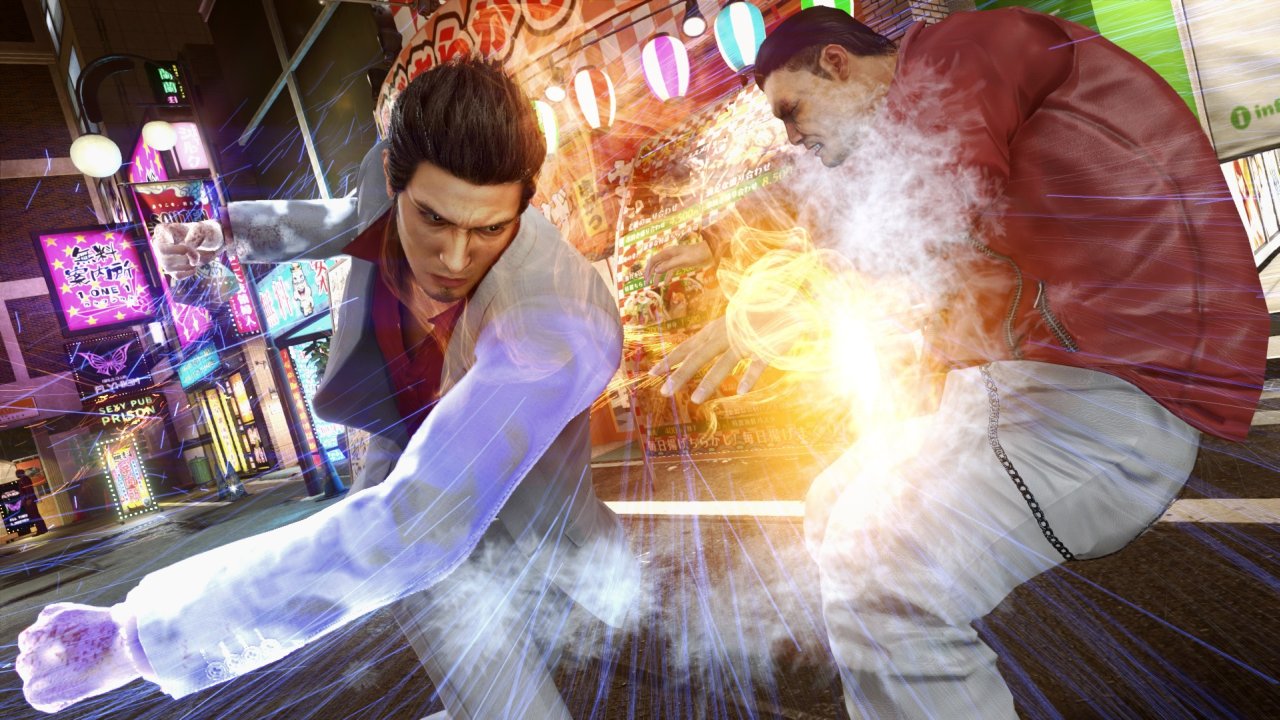
Along with his health bar, is Kiryu’s Heat indicator. This charges the more your attack. Having enough Heat enables you to pull off ridiculous special attacks. It can simply be stabbing someone in the gut with a knife, to throwing them off a bridge, to kicking them so hard they fly across the street. Dozens of Heat actions, each with their own unique application, means you have a ridiculous number of opportunities to inflict serious pain.
However, we need to step back a moment to figure out why it’s such an improvement over Yakuza 6. One of the issues with that game was that it implemented a new combat system that caused a few problems. It provided considerably more enemies on screen, but seriously restricted the number of weapons you could pick up, in addition to the Heat actions and movesets that Kiryu had at his disposal. This made battles become stale after a while and meant it was a chore to unlock good moves.
Kiwami 2 does several important things. For starters, it makes unlocking new, interesting moves quicker and more accessible. Kiryu has four areas of stat development. Your first is health, attack, defense, and Heat. The second is focused on battle moves, the third for Heat-related actions, and the fourth are more “life” skills – gain more XP, eat more, be better at mini-games, etc.
You earn XP after battles and from completing various missions. By making the learning curve easier in the early stages, your battering options increase at a very satisfying pace. The game also makes weapons a more prominent feature. More enemies now have them, you can pick them up during battle easier, and you’re encouraged to swap them out via your equip menu on the fly. If you’re not a follower of the Yakuza games, and just play one, you may have no idea why this feels like such a big deal. The jump from 6 to Kiwami, as a far as combat goes, is considerable and the best combat has been.
Kiwami 2 also ties its stat development to other areas of the game, which encourages you to explore all it has to offer. By dipping into buildings, playing games, and completing the side missions, your martial repertoire increases, along with the equipment and weapons.
At the tail end of these quality of life adjustments is money. It makes the world go around. In previous installments, the game felt a little stingy with doling out cold, hard cash. It sometimes made it difficult to experiment with new equipment, gain health items, or complete some quests. Now you’ll find it’s raining money if you choose to chase random street battles and pick up the shiny coin locker keys scattered around. Your pockets are never empty, which lets you enjoy the game’s distractions to the fullest.
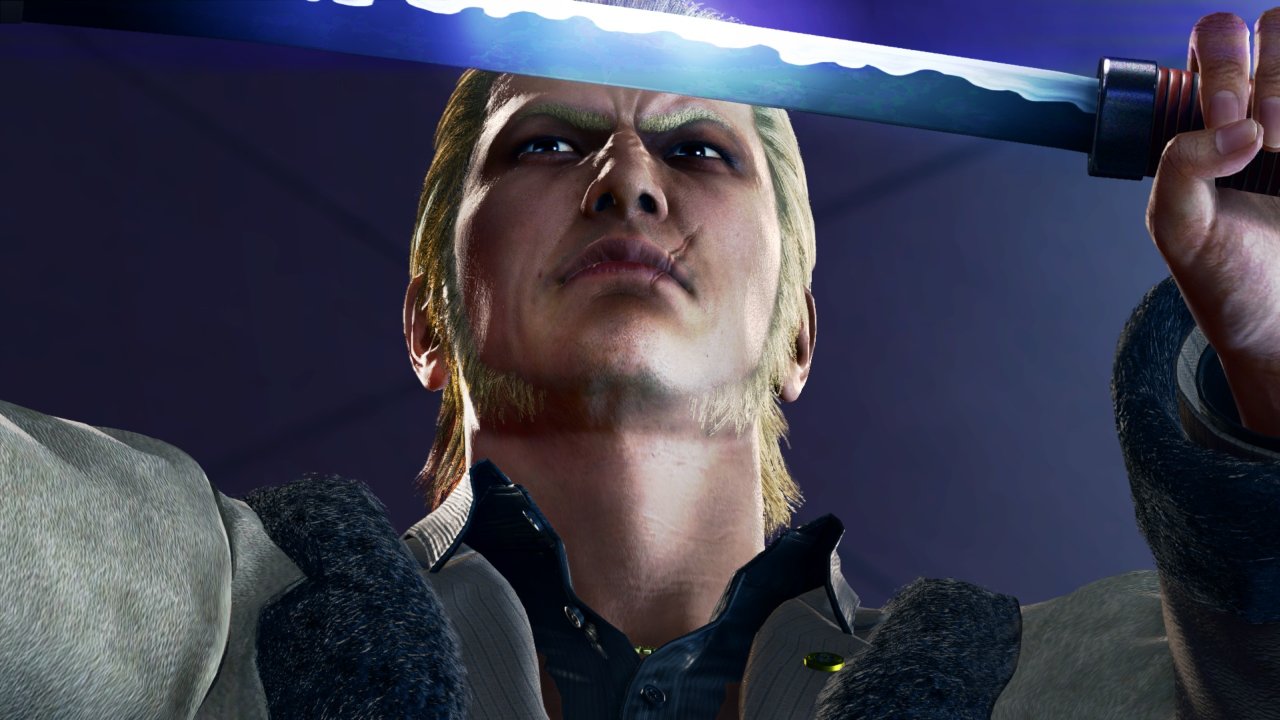
Boy, are there distractions aplenty. Kiwami 2 is the most jam-packed game in the series, hands down. Golf, baseball, eateries, the SEGA arcade, bouncer missions, battle arena, gambling – and that’s just scratching the surface. There are hours’ worth of content, and it’s not even touching on the “main” mini-games. Not to mention, you even unlock Majima Saga chapters as you progress through the main story. So, if you’ve been missing one of the protagonists from Yakuza 0, you can delve into his story.
The Clan Creator from Yakuza 6 returns. In it, you recruit and train various units to help friendly rival Majima defend his burgeoning real estate business. It’s all a fairly simple tower defense-style game. You send out your units on a small construction site, where they must protect various units, like a crane or truck. Enemies come in waves and you must fend them off while employing special unit skills and levelling characters up in-game. You’d think that would just be it. But, surprisingly, there’s an in-depth side story attached to it. Not to mention the various side stories you complete across locations add to your character roster.
Hostess Club ownership is the other main side content. If you played Yakuza 0, then you will recognize the mechanics because it’s practically the same. Kiryu is roped in to help manage a hostess club. In the mini-game, you must manage your various hostesses’ needs throughout their shift, whether it’s sending a glass their way or pairing the right hostess with the right client. You can rise through the ranks in its Caberte Grand Prix and can easily devour a sizeable chunk of your time. If you manage to yank yourself away from the various side content scrabbling for your attention, you might be able to dedicate some time actually progressing the game’s story.
Overall, the Yakuza series is a game where the narrative has improved over time. While you can polish graphics, add features, and refine other areas of gameplay, you can’t alter the fundamental story. If you were to go straight from Yakuza 0 to Kiwami 1 or 2, then how the story develops would showcase the early games’ narrative flaws.
In every game, Kiryu acts as the vessel for other characters, so more often than not we’re seeing their story and development through his eyes. Compared to the previous game, Kiryu as a character is further fleshed out. Nowhere is this more apparent than with his blossoming relationship with the detective Sayama. It is no mistake that the Yakuza games are male dominated because of their setting, so the injection of a female cop to the mix adds an interesting perspective to the story.
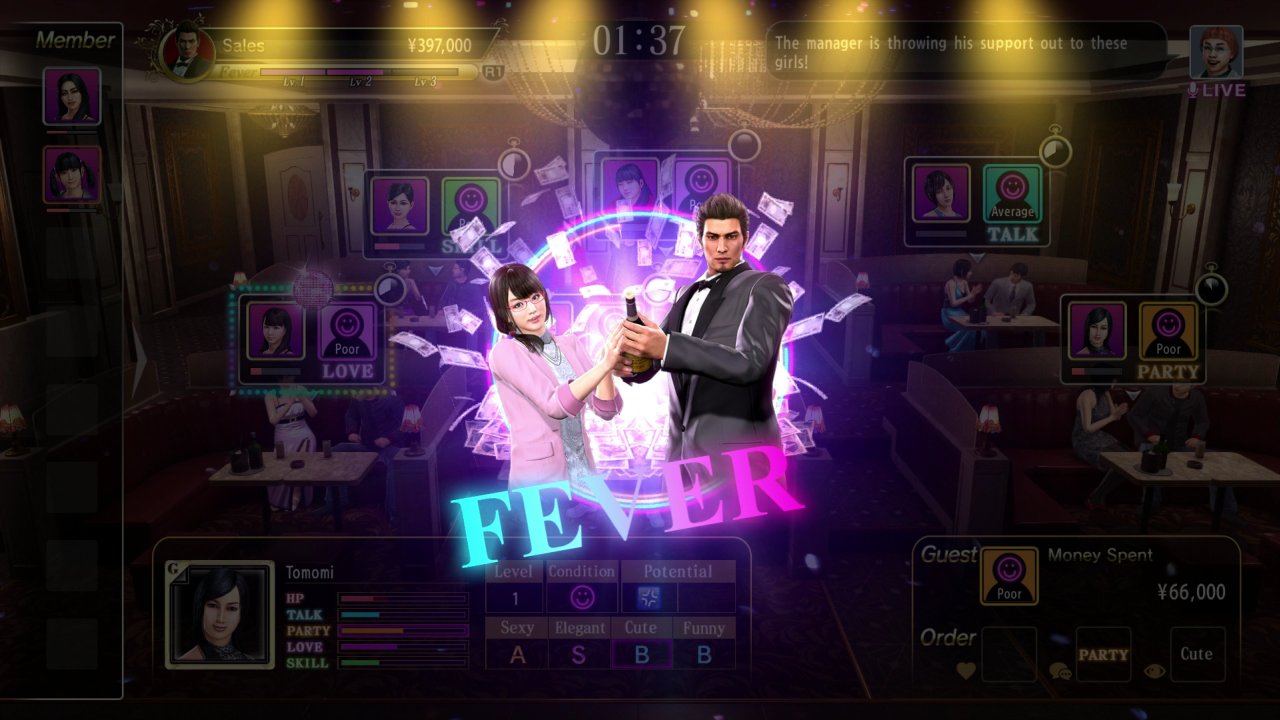
However, these aren’t the only characters in the roster. The issue is that the game sets itself up to revolve around Daigo Dojima, who Kiryu drags back home to take over as patriarch. But his story falls to the wayside after not too long and he drops off the map for a long time. Similarly, so does Ryuji Goda, who is set up as Kiryu’s main antagonist for the game. There are countless revelations and plot twists throughout, and it all gets a little messy, especially when switching back and forth between old and new characters.
This plot gumbo in the first few games often made the narrative more convoluted than it had to be. As I said, you look back at Yakuza 0, and you’ll see how that game (and others in the series) chose to tightly focus on a handful of characters and really flesh out the antagonists so you became really invested in the story. It’s a shame because I wanted to explore the character arcs of Daigo and Ryuji, but there’s just too much other stuff going on. However, I will say that it is a marked improvement over Yakuza 1, and the games only improved from there on out.
Still on the subject of narrative and tying it with gameplay, it’s well worth looking at one Yakuza’s strong points – the side missions. Whacky, hilarious, somber, and more, these little narratives have always been a unique and defining feature of the games. Don’t get me wrong, there are classics in the game: who could forget getting into a brawl with several yakuza bosses in diapers, Kiryu lending his voice acting talents to a Boys Love anime, or posing for photos for a muscle-bound photographer wearing only speedos?
I think the arguably good side missions are few and far between. There rest feel like filler, and are simply go here, punch that, get your reward. They all pale in comparison to what the later games achieved, and lack some of the interesting cultural and social commentary that made them so memorable.
My issues were not only limited to story-focused elements, but mechanics, too. I think if you’re just starting out with the series, how you spend XP can be overwhelming. The tutorial menu is often tucked away inside the options, and while you do get messages encouraging you to explore the game’s content, I think newer players would benefit from some guidance on developing Kiryu’s abilities.
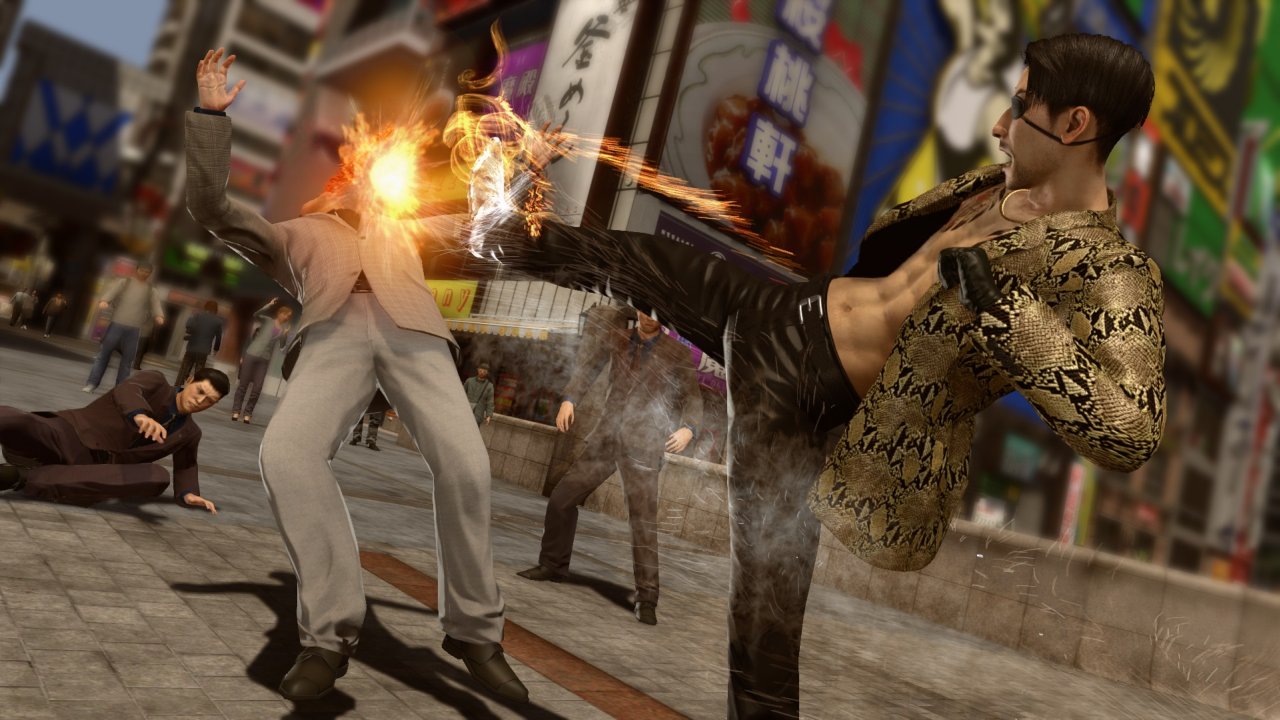
Another unfortunate aspect is the music in some areas of the game. I honestly barely notice the soundtrack while walking around town. The few times it resonated with me was during intense, story-driven battle moments where the guitars really cranked up, conveying a sense of magnitude to the seen. The sequel also features some really cool licensed tracks, one of which you’ll hear several times during emotionally weighty scenes. Special mention also has to be given to the Kiwami 2’s translation. SEGA constantly impress by adding their own sense of flavor to world of Yakuza, and it’s never just a straight translation.
On the whole, Yakuza Kiwami 2 makes for a seriously impressive game. Thrilling, often ludicrous combat that is always dynamic, hours of fun side content to keep you entertained, and story that shows real narrative progression despite some hiccups along the way. For fans it’s a must; for newcomers, it is a game that’s absolutely worth your time.
